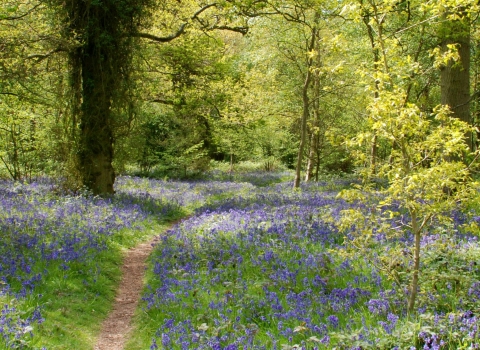
Andrew Armstrong
Andrew Armstrong

Andrew Armstrong
Andrew Armstrong
Gunners Park and Shoebury Ranges Nature Reserve
Know before you go
Dogs
Please clear up after dogs
When to visit
Opening times
Accessible at all timesBest time to visit
All year roundAbout the reserve
Accessible to all, this nature reserve is a great place to escape the hustle and bustle and go for a coastal walk, whilst discovering different wildlife around every corner.
Due to its proximity to the Thames Estuary, this nature reserve provides ideal habitat for migrating birds on passage to and from the UK, including ring ouzel, spotted flycatcher, wheatear, whinchat and even yellow-browed warbler. Hundreds of waders will gather along Gog’s Berth, while a grey seal occasionally makes an appearance along the seawall.
The nature reserve incorporates the Shoebury Old Ranges Site of Special Scientific interest (SSSI) and the Coastguard Station Grounds Local Wildlife Site. This area has more than 12 habitats to walk through, from coastal grassland and a large pond to remnant sand dunes and historic military buildings. This mosaic of habitats has allowed a range of species to thrive here, including the nationally scarce sandwich click beetle, bulbous meadow grass and the cuckoo wasp. The historic buildings are also used by wildlife – in the summer months look out for barn swallows zipping in and out of the gaps to feed their young nesting inside.
Please note: Drones, BBQ's and electric devices like e-scooters are prohibited.
Contact us
Environmental designation

Photo - Richard Turner
Did you know?
The site is rich in human history with evidence the site was occupied and utilized since early prehistory during the Mesolithic period. A rampart in the north-east of the reserve is believed to be part of a settlement built by the Danish leader Hasten in 894 AD
